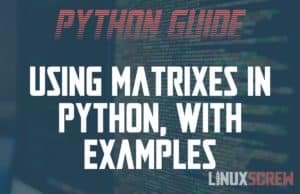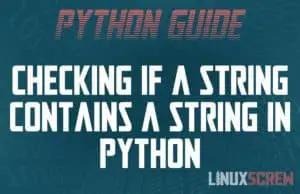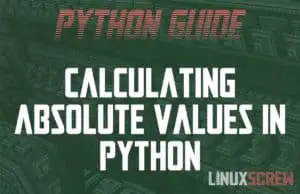Home » Programming » Python
Linked Lists in Python – How to Use Them, With Examples
This article will explain in simple terms what linked lists are, why they’re useful, and how to use them in the Python programming language. Lists In Python, a list is an array of data – a simple list of values where each item has a value and a position in the list. Lists are indexed (so the positions start counting at position 0, not 1). For more information on lists in Python, check out these LinuxScrew articles: Python List ‘sort()’ Method – Sorting Lists in Python Easily … Read more


![Converting a List to a String (and Back!) in Python [Examples] 2 Python List to String](https://cd.linuxscrew.com/wp-content/uploads/2021/06/python-list-to-string-feature-300x194.jpg)





![DIY Raspberry Pi/Python Powered PACHINKO [Kitchen Build] 8 Raspberry Pi Python Pachinko](https://cd.linuxscrew.com/wp-content/uploads/2021/04/pachinko-feature-300x194.jpg)

